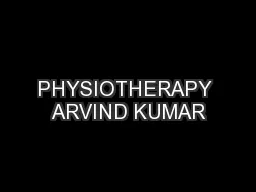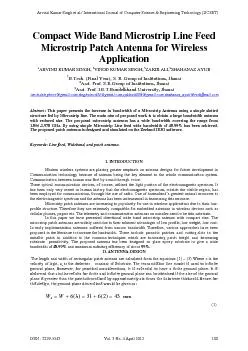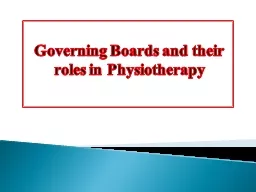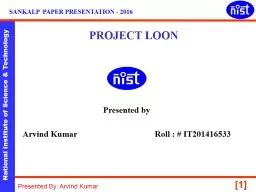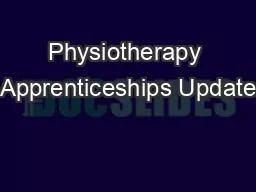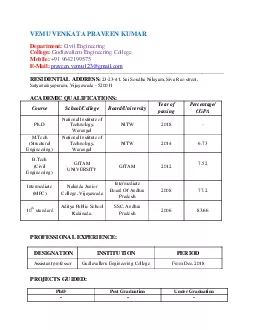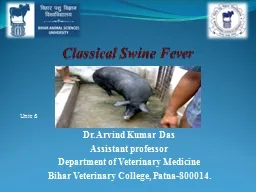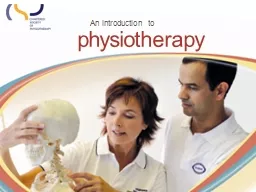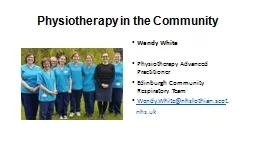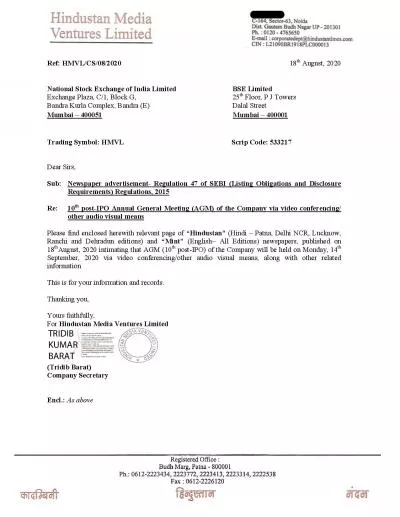PPT-PHYSIOTHERAPY ARVIND KUMAR
Author : calandra-battersby | Published Date : 2018-03-09
LECTURER IN PHYSIOTHERAPY DEPARTMENT OF PHYSICAL MEDICINE AND REHABILITATION KGMU LUCKNOW INTRODUCTION Physiotherapy is a branch of medical science which deals with
Presentation Embed Code
Download Presentation
Download Presentation The PPT/PDF document "PHYSIOTHERAPY ARVIND KUMAR" is the property of its rightful owner. Permission is granted to download and print the materials on this website for personal, non-commercial use only, and to display it on your personal computer provided you do not modify the materials and that you retain all copyright notices contained in the materials. By downloading content from our website, you accept the terms of this agreement.
PHYSIOTHERAPY ARVIND KUMAR: Transcript
Download Rules Of Document
"PHYSIOTHERAPY ARVIND KUMAR"The content belongs to its owner. You may download and print it for personal use, without modification, and keep all copyright notices. By downloading, you agree to these terms.
Related Documents

